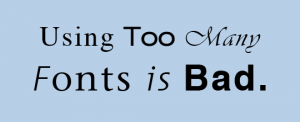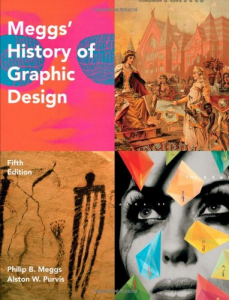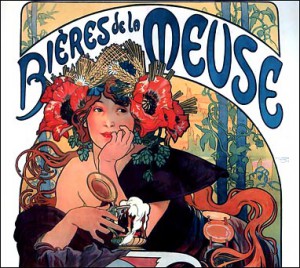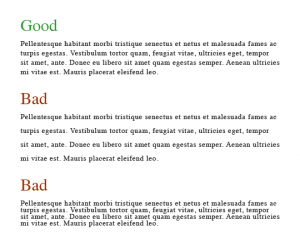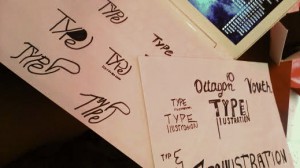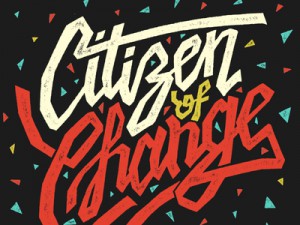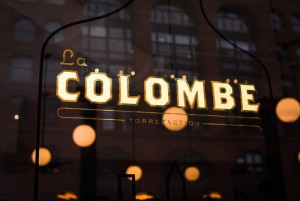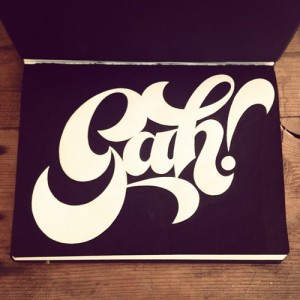
David W. Dunlap/The New York Times
When I was invited to write on Typellustration, I had the immediate idea of discussing the importance of legibility on street and road signs, most specifically in New York City. Just by passing by a few neighborhoods in the Big Apple, it’s possible to see different typefaces being used in various ways to identify street names.
A New York Times article by David W. Dunlap explains why it’s not uncommon to see more than one layout on a single street post. With the intention of unifying the style of street name and road signs all over the United States, the Federal Highway Administration now demands that all signs follow a mixed-case pattern. Since over 239,000 street names is such a high number to be handled simultaneously, the update has been done gradually. It will take several years until the old style completely disappears from the streets.
The typeface of choice in New York was Clearview, which has a large x-height (distance between the baseline and meanline of a letter), making it very legible from a distance. That is crucial in street and road signs of any kind, that have to be read by people who, many times, will only be able to glance at them. In the case of drivers reading road signs, it’s a matter of safety that a typeface is easily read. Clearview does the job just fine, and has been used in many other states as well.
Other aspect of the typeface Clearview that makes it so legible is its humanist sans-serif quality. It stands in the middle of the classification of serif and sans-serif fonts: it features a bit too much of prolongated strokes to be considered sans-serif, but not enough to be considered a serif font. That slight connection between letters helps the reader understand what’s written without having to spend much time looking at it; and that’s exactly what has to be observed when choosing a typeface for street and road signs.
This was Andie Lessa for Typellustration.

